Observations on London Fashions - January 1885
Woolen is the traditional favorite in materials for ordinary wear, but it is far from being the plain homely fabric which was formerly understood by the term woolen.
It is now patterned handsomely with silk, satin, chenille, or interwoven with gold and silver threads. In making up these fashionable woolens, a significant admixture of still richer material is used, such as broché, brocade, velvet, plush, etc.
Plush is very much in favor again this winter, being used plentifully in composing dresses, mixed with soft silk or satin merveilleux.
Brookes of all kinds are fashionable, and so are plain and figured silks.
At this season of the year, ball and evening dresses naturally attract a good deal of attention, and our artist has devoted plates 1 and 2 to dresses of this class, plate 1 showing costumes for quiet dinners and receptions, and plate 2 more elaborate costumes, suited for grand dinners, balls, and theatre wear.
Ball dresses this season are very rich in materials and somewhat fanciful in design, unless for quite young girls, for whom simplicity of style and fabric is always de rigeur.
Tulle mixed with satin, or large-patterned broché, is a preferred arrangement, the whole dress being lavishly trimmed with garlands of velvet leaves to match.
Bead embroidery in black, white, and color is also much used, and its excellent effect by artificial light renders it likely to remain in fashion as a garniture for evening costumes for a long time to come.
White is often worn by young ladies, both married and single, along with cream and ecru. Black also has its votaries, being always stylish looking and useful, but the majority of evening dresses this season are made in strongly-contrasting, yet harmonious colors, the effect of the whole being brightened, and at the same relieved, by abundant trimmings of lace.
Among the favorite colors for evening wear are pink, yellow (of a decided mustard shade), light blue, orange, and brown. A very charming arrangement of pink and crimson is shown on our second plate and an artistic combination of green and salmon-color suitable for demi costume on plate 1.
In mantles, there is nothing very new to chronicle. Two of the most innovative styles are shown on our plates 3 and 4. That on plate three is suited for traveling and useful general wear, and may be made either in cloth, braided like our engraving or in one of the many new woolens, the edges being finished with bands of fur, for which purpose perhaps Astrakhan is the most suitable.
The garment on plate 4 is of a more luxurious class and intended for more ceremonial occasions. It may be made of any handsome broché or brocade, either velvet or satin, and should be finished with a handsome fur-trimming, either seal, opossum, or sable.
For general wear, the tight-fitting cloth jackets, braided in Hussar style, are most useful and pretty. These may be lined for frigid weather.
We give the pattern of a stylish Hussar jacket full-sized with our present Number. It is cut by an eminent London tailor, to fit a lady measuring 36 inches around the chest, and 26 inches around the Waist.
January 1885 Fashion Plates feature a rich assortment of elegant Costumes, Wrappers, Dinner Dresses, Visiting and Promenade Costumes, Morning and House, and Breakfast Gowns, and Junior Miss Fashions.
Description of Fashions Plates for January
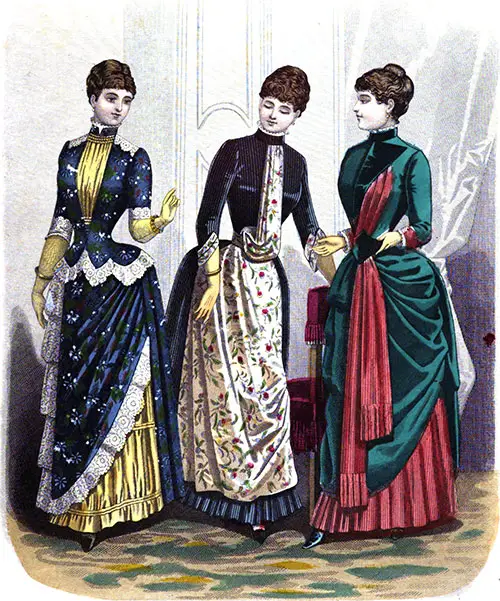
Plate 1: Reception Costumes 433, 434, and 435
Fig. 1. — (433). — The Brighton Reception Costume of purple broché, satin merveilleux, and gold satin. The body is made with four points in front and a jockey at the back; it is trimmed with white dentelle au passé all round and has lace cuffs and wide collar.
The overskirt is made with a half shawl drapery in front, a panel of five flounces of lace at the right side, and straight folds at the back. Underskirt of gold satin bouillonné and gathered. Will require to make, 8.5 yards of broché; 6 yards of thin lace; 5 yards of wide lace; 4 yards of satin.
Fig. 2. — (434). — The Eastbourne Reception Costume of black and grey velvet striped material, with a loose gilet and tablier of rich damask satin. The body is made to the waist and finished with a belt; the back falls in deep box pleats; the front is plain with a small plissé flounce at the bottom.
The gilet is formed by a deep box pleat fastened to the neck, and then at the waistband, to which it is draped gracefully. From under the waistband starts the tablier, which is caught up on the right side by a few pleats.
This combination is very novel and allows for all sorts of tabliers to be worn with the same dress. Will take 11 yards of mille raies; 2 yards of Damask in a wide width.
Fig. 3. — (435). — The St. Leonard's Reception Costume of pink satin and velours mille raies and bright green cashmere de I'Inde trimmed with velvet.
The polonaise is made with a large velours revers and velours Swiss belt; it is well draped back and front and ornamented by a long scarf of velours mille raies. The skirt of velours mille raies is made plain. The polonaise needs 9 yards of cashmere; 1 yard of velvet; and 5.5 yards of mille raies.
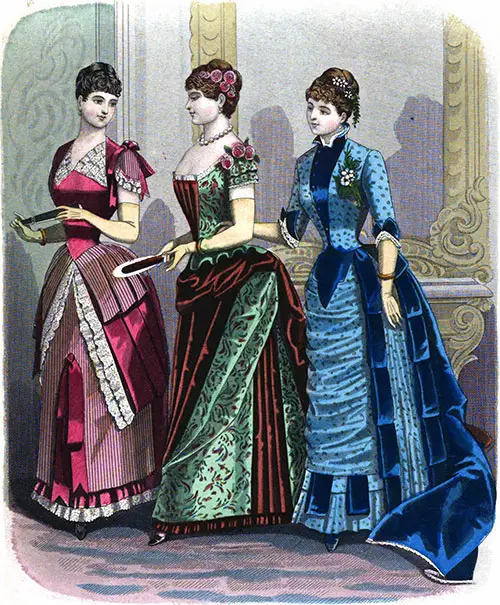
Plate 2: Dinner Costumes 436, 437, and 438
Fig. 1. — (436). — Dinner Dress of pink satin and velours mille raies trimmed with lace. The body is made pointed back and front opened en carré in front, and very prettily trimmed with lace.
The overskirt is trimmed with two panniers, one of mille raies, the other of satin. These panniers are laid in deep pleats, made as loops and trimmed with lace.
The skirt is plain in front, trimmed with a large bow of ribbon. The back is of waterfall shape. Will take 9 yards of satin; 4 yards of mille raies; 11 yards of lace; 2 ½ yards of wide ribbon; 3 yards of narrow ribbon.
Fig. 2. — (437). — Elegant Dinner Dress made of velour and rich brocade. The body is low-necked, with a plissé gilet of velvet; the edge of the body is made full in every seam and lined with velvet; a sizeable bouffant sash crosses the figure and forms the train at the back, which is long and full.
The overskirt consists of draperies of velvet and brocade laid shawl-fashion in the front. The skirt is of brocade, with two plissés panels of velvet. Will take 10 yards of velvet; 9 yards of brocade.
Fig. 3. — (438). — Dinner Costume of taffetas moncheté and velvet. The body is made pointed in front and jockey at the back; it is trimmed by a gilet of velvet fastening at side and forming a profound point in front.
The skirt is bouillonné; on the right side, it has a panel made of plissé taffetas edged with deep loops of velvet, same loops ornament the edge of the skirt in front. The back has a long velvet train made full and plain.
Will require 8 yards of velvet; 9 yards of taffetas; 18 buttons.
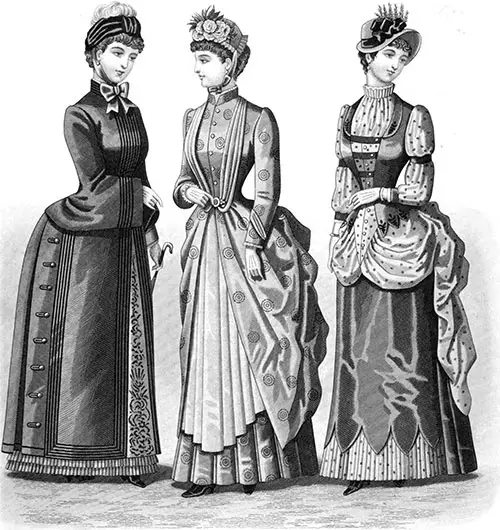
Plate 3: Wrapper and Visiting Costumes C147, 439, and 446
Fig. 1. — (C 147). — Winter Wrapper or Waterproof, made of cloth, trimmed with braid and buttons. The back is made full by a fan-shaped plissé. Will take 4 yards of fabric; 48 yards of braid; 18 buttons.
Fig. 2. — (439). — Visiting Costume of brown cache mire, hand-embroidered, and dark blue silk. The polonaise is opened in front to show a tablier made of pleated blue silk.
The corsage is trimmed by folds of silk ending by a clasp. The back and sides are well draped on a box-pleated skirt. Will require 14 yards of embroidered cashmere; 2 yards of silk; 12 buttons.
Fig. 3. — (440). —Visiting Costume of black satin and red embroidered cashmere. The body of black satin is made with a bouillon nu and flat gilet of cashmere, crossed by bands of satin, and ending in a long narrow point in front.
The body is vandyked at the sides and crossed at the back by the overskirt draperies which are very bouffant at the back; in front they form panniers over a black satin skirt, edged by vandykes and a plissé of cashmere. The back is laid in deep pleats.
Will require to make, 6 yards of silk; 7 yards of cashmere; 18 buttons.
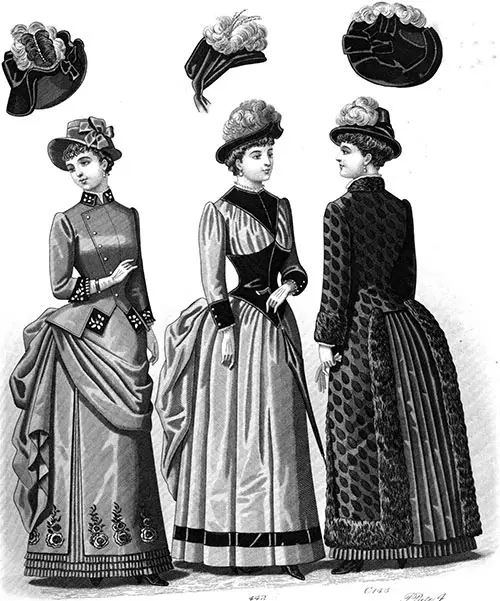
Plate 4: Assorted Elegant Costumes 441, 442, and C148
Three hats head this Plate. All are made of black velvet, trimmed with feathers and aigrettes.
Fig. 1. — (441). — Promenade Costume made of cloth, embroidered with gold on velvet. The jacket is double-breasted in front, collar, cuffs, and gilet of velvet embroidered.
The overskirt is well draped front and back. The skirt is plain, embroidered en relief, with two plissé panels at the sides edged with three small plissés. Will take 13 yards of cloth; 12 buttons.
Fig. 2. — (442). — Young Lady's Costume. The body is made froncé, with a Suisse corselet, cuffs and collar of velvet. The skirt is the Housemaid form in front, with a full drapery at the back. It is trimmed with a band of velvet. Will take 12 yards of material; 2 1/2 yards of velvet; 4 yards of velvet ribbon.
Fig. 3. — (C 148). — Long Pelisse made of broché velvet and satin, trimmed with fur. The front is trimmed with a band of fur. Will require 8 yards of broché; 3 yards of satin; 9 yards of fur.
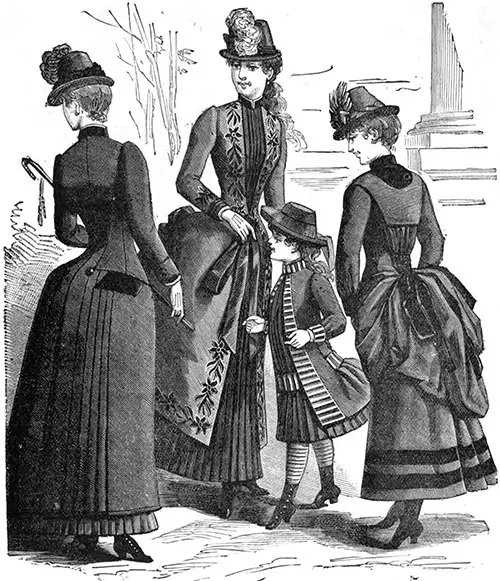
Plate 6: Junior Miss Costumes J144, J145, J146, and J147
Fig. 1. — (J 144, ago 16). — Long Cloth Coat trimmed with velvet. It can be made single or double-breasted and is cut in the redingote style. Will require 3 yards of cloth; 1/2 yard of velvet; 18 buttons.
Fig. 2. — (J 145, age 15). — Young Lady's Costume. The overskirt is made en polonaise, trimmed with appliqués of cloth flowers, or painted by hand. It is opened in the front V shape, to allow of a plissé gilet matching the plissé skirt to be inserted,ending with long bows and the ends of ribbons.
Will take 7 yards for polonaise; 4 yards of fabric for the skirt; 2 1/2 yards of ribbon.
Fig. 3. — (J 146). — Little Girl's Costume, age 5. It is made of serge, trimmed with black and white striped woolen. The overskirt is made en princesse, open in front and gathered at the back below the waist by a band of striped material.
The coat is trimmed with collar, cuffs, and revers of striped material. The gilet and skirt are plissé, crossed in front below the waist by the same band brought from the back. Will require 4 yards of serge; 1 yard of striped material.
Fig. 4. — (J 147). — Young Girl's Costume; 12 years of age. It is composed of a polonaise and plain skirt, trimmed only by two bands of velvet. The polonaise is made with a yoke, and gathered at the waist in front and back, decorated with collar, wristband, and bows of velvet. It is elegantly draped back and front.
Will require 10 yards of material; 9 yards of velvet ribbon; 1/4 yard of piece velvet for the collar.
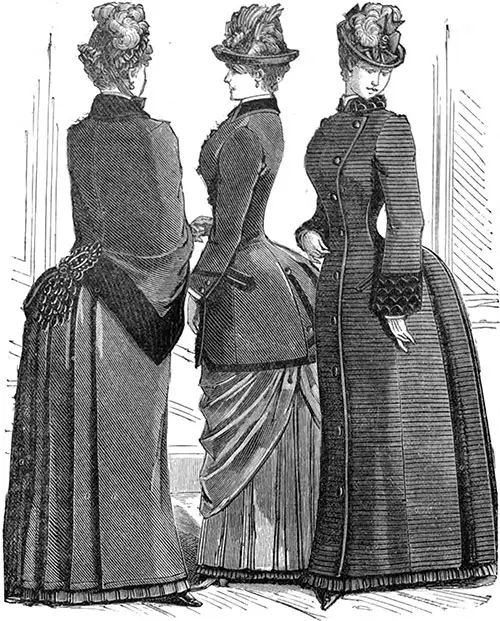
Plate 7: Outerwear Fashions C414, C142, C146
Fig. 1. — (C 141). — Long Pelisse Mantle made of luxurious silk, trimmed with fancy plush and passementerie. The front is single-breasted and trimmed at the neck by long bows and ends; the back forms vertical pleats. Will take 10.5 yards of silk; 1 yard of plush; 21 yards of ribbon; 1 motif.
Fig. 2. — (C 142). — Cloth Jacket edged with velvet. It is made single-breasted, with collar, cuffs, pockets, and revert, trimmed with velvet. Will take 2.5 yards of cloth; 1 yard of velvet; 18 buttons.
Fig. 3. — (C 146). — Ottoman Coat trimmed with scalloped velvet bands, made into cuffs and collar. It is pleated in the back, double-breasted, and nun's sleeves. Will require 10 yards of ottoman; 5 yards of scalloped velvet; 12 buttons.
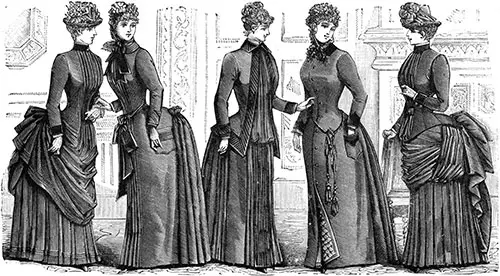
Plate 8: Elegant Costumes 443, 292, 414, 293, and 444
Fig. 1. — (443). — Morning Costume made of cashmere. The polonaise is made full in front to form a plissé gilet; fully draped back and front, trimmed with cuffs and collar of velvet. Skirt made with box pleats, trimmed by three tucks. Will require 14 yards of material; 1/4 yard of velvet.
Fig. 2. — (292). — House Costume made of bright colored cashmere; the front is plissé from top to bottom; the back is gathered about twelve inches from the waist, and falls in large organ tubes, like pleats. Will require 11 yards of material; 3 yards of ribbon.
Fig. 3. — (414). — House Costume of light-blue cashmere, trimmed with mille raies and a bouffant gilet, made of white cashmere. The jacket is only fastened at the neck. The skirt is made of plissés and plain pleats. Will take 12 yards of material; 3/4 yard of white cashmere; 1 yd. mille raies.
Fig. 4. — (293). — Breakfast Gown of red cashmere, lined with quilted pink silk. It is made tight-fitting, plain in front, and pleated at the back; collar, cuffs, and pockets of plush. Will require 10 yards of cashmere; 1/2 yard of plush; 12 buttons.
Fig. 5. — (441). — Promenade Costume of dark-brown cachemire. The body is made pointed back and front with a bouillonné gilet. The overskirt is draped in small folds in front and crossed at side by a folded drapery. The back is very bouffant. Will require 13 yds. material.
"Observations on London Fashions," and "Description of the Plates of Costumes," in London and Paris Ladies Magazine of Fashion, Literature and Fine Arts, London: Kent & Co. Vol. 58, No 646, January 1885, p. 1-5.
Editor's Note: Some terminology used in the description of women's clothing during the 1800s and early 1900s has been changed to reflect more modern terms. For example, a women's "Toilette" -- a form of costume or outfit has an entirely different common meaning in the 21st century. Typical terms applied to "toilette" include outfit, ensemble, or costume, depending on context.
Note: We have edited this text to correct grammatical errors and improve word choice to clarify the article for today’s readers. Changes made are typically minor, and we often left passive text “as is.” Those who need to quote the article directly should verify any changes by reviewing the original material.

